E-Bike Antriebe / Test: Gemeinsam mit dem leichten Bosch Performance SX Motor und dem CompactTube 400 Akku präsentierte Bosch im vergangenen Sommer auch den PowerMore 250 Range Extender. Im Test zeigt sich, dass Bosch mit dem ersten Zusatzakku zwar vieles richtig macht, er aber dennoch nicht für jeden geeignet sein dürfte – schon allein wegen einiger Fallstricke bei der Kompatibilität.
„Endlich!“ mögen sich viele im vergangenen Sommer gedacht haben, als Bosch im vergangenen Sommer mit den neuen E-Bike Komponenten für 2024 auf erstmals einen Range Extender vorstellte. Während die allermeisten Mitbewerber derartige Zusatzakkus bereits länger im Programm haben, hat sich ausgerechnet der Branchenprimus viel Zeit damit gelassen. Zugegeben, das mag auch daran gelegen haben, dass mit dem CompactTube 400 und dem Performance Line SX erstmals ein leichter Bosch E-Antrieb vorgestellt wurde. Da passt der PowerMore 250 getaufte Reichweitenverlängerer mit 250 Wh dann doch sehr gut dazu.
Durchaus positiv überrascht hat dann die Ankündigung, dass der Zusatzakku jedoch nicht nur mit dem neuen SX Motor, sondern theoretisch auch mit älteren Smart System Bikes kompatibel ist. Dass die Sache mit der Kompatibilität in der Praxis dann aber doch ein wenig komplizierter ist – dazu gleich mehr.
Schöner Formfaktor, ordentliches Gewicht
Der Formfaktor des Bosch PowerMore 250 weiß durchaus zu gefallen. Er ist handlich, nur wenig größer als eine herkömmliche Trinkflasche und wirkt ausgesprochen robust. Mit seinen 1,6 kg bei 250 Wh Kapazität hat er eine ähnliche Energiedichte wie die Zusatzakkus der Mitbewerber, fällt aber deutlich hinter den hauseigenen CompactTube 400 Akku zurück, der bei nur 400 g Mehrgewicht 60% mehr Kapazität mitbringt. Preislich sieht es ähnlich aus: Für den PowerMore 250 werden (ohne Kabel) 469 Euro fällig, der CompactTube 400 kostet 629 Euro.
Die Befestigung erfolgt über eine besondere Halteplatte auf die der Akku fest einrastet. Anschließend muss er mit einem speziellen Kabel mit dem Ladeport am E-Bike verbunden werden. Das Kabel ist dabei in unterschiedlichen Längen und mit zwei unterschiedlich abgewinkelten Steckern auf Rahmenseite erhältlich. Hier sollte man sich an den Vorgaben des Fahrradherstellers orientieren oder bestenfalls selbst nachmessen.
Welche E-Bikes sind mit dem Bosch PowerMore 250 kompatibel?
Grundvoraussetzung für die Montage des Range Extenders ist ein E-Bike mit Bosch Smart System. Zudem muss das jeweilige E-Bike „Powermore-Ready“ sein. Damit fasst Bosch unterschiedliche Voraussetzungen zusammen, die erfüllt sein müssen. Nur dann ist die Nachrüstung auch wirklich „Plug & Play“ und durch den Endkunden problemlos machbar.
Die Software muss herstellerseitig für den Range Extender freigeschaltet und auf dem aktuellsten Stand sein
Damit das E-Bike überhaupt mit dem PowerMore 250 kommunizieren kann, muss die Software dafür vom Hersteller freigeschaltet sein. Diese Freischaltung muss explizit durch den Fahrradhersteller erfolgen und kann auch nicht durch den Fachhändler nachträglich erteilt werden. Möglicherweise ist ein späteres Upgrade durch den Hersteller selbst möglich, aufgrund des Aufwands jedoch sehr unwahrscheinlich. Zudem muss die Software auf dem E-Bike auf dem aktuellen Stand sein.
Die Ladebuchse muss kompatibel sein
Der Stecker des Kabels am PowerMore 250 unterscheidet sich in einem wesentlichen Punkt vom bekannten Ladekabel: Zwei „Nasen“ greifen in entsprechende Aussparungen in der Buchse und garantieren einen festen Sitz während der Fahrt. Ältere Ladebuchsen haben diese Aussparungen nicht – damit lässt sich das Kabel erst gar nicht einstecken. Andere Buchsen besitzen zwar Aussparungen, dennoch rastet das Kabel nicht fest ein. Die Buchse lässt sich durch den Fachhändler auf die korrekte Version für den Range Extender austauschen.
Der Rahmen muss verstärkte Montagepunkte für den Flaschenhalter besitzen
Um den Bosch PowerMore 250 überhaupt montieren zu können, muss das E-Bike über Montagepunkte für einen Flaschenhalter verfügen. Da der Zusatzakku samt Halteplatte und Kabel deutlich mehr auf die Waage bringt als eine große, volle Trinkflasche, müssen die Bohrungen außerdem stark genug sein, um Schäden auf Dauer auszuschließen.
Der Rahmen muss genügend Platz bieten
Nicht zuletzt muss der Rahmen selbst genügend Platz für den Range Extender und das während der Fahrt eingesteckte Kabel bieten. Da der Zusatzakku höher baut als herkömmliche Trinkflaschen, kann es vor allem bei vollgefederten E-MTBs durchaus dazu kommen, dass der Dämpfer oder Rahmen beim Einfedern mit dem Range Extender kollidiert. Auch die Platzierung der Ladebuchse muss so gewählt sein, dass sich während der Fahrt ein Kabel einstecken lässt. Gerade bei Buchsen im Bereich des Tretlagers ist das nicht immer der Fall.
Wie kann ich überprüfen, ob mein E-Bike mit dem Bosch PowerMore 250 kompatibel ist?
Über das Display oder die Bosch eBike Flow App
Im ersten Schritt kann man selbst am E-Bike überprüfen, ob das Rad schon „PowerMore-Ready“ ist. Falls ja, dann ist der PowerMore 250 bei den E-Bike Komponenten im System aufgelistet. Diese Liste erreicht man entweder über das Display am Rad selbst (Einstellungen > Mein eBike) oder über die Flow App (Einstellungen > Mein eBike > eBike-Pass > Komponenten). Wird dort der Punkt „PowerMore“ aufgeführt, ist das E-Bike dafür vorbereitet und einer Nachrüstung steht nichts im Wege.
Über den Fachhändler oder Hersteller
Taucht der Punkt am Display oder in der Flow App nicht auf, hilft nur eine Nachfrage beim Fachhändler und/oder Hersteller. Im Vorfeld dieses Artikels haben wir bei zahlreichen Fahrradherstellern nachgefragt und von einigen auch Listen mit kompatiblen E-Bikes erhalten.
Montage und Handhabung
Die Montage des Bosch PowerMore 250 ist recht simpel, wenn man eine wichtige Sache beachtet: Das Kabel sollte man vor dem eigentlichen Einsetzen des Zusatzakkus befestigen – ansonsten wird es ein wenig fummelig. Die Montageplatte wird an den Bohrungen für den Flaschenhalter angeschraubt, darauf wird dann der Akku montiert. Nach ein paar Mal ist das auch blind und in wenigen Sekunden möglich. Der Range Extender rastet satt ein und sitzt dann fest und klapperfrei. Die Entnahme ist ebenso einfach. Zudem hat Bosch mitgedacht: Auf der Montageplatte lässt sich auch ein spezieller Flaschenhalter montieren; so muss man nicht jedes Mal die Platte abschrauben, wenn man ohne Range Extender, dafür aber mit Trinkflasche unterwegs sein möchte.
Nicht ganz so gut gefiel uns das Einstecken des Kabels im Ladeport selbst. Obwohl der Stecker entsprechende Nasen für einen festen Sitz mitbringt, fehlt beim Einstecken das Feedback, ob alles richtig sitzt. Hier sollte man vorsichtshalber immer nochmal nachdrücken, um während der Fahrt vor bösen Überraschungen bewahrt zu bleiben.
Sollte das E-Bike beim Einstecken bereits eingeschaltet sein, schaltet es sich nach dem Verbinden des PowerMore 250 aus und wieder an. Das liegt daran, dass der Zusatzakku für das Smart System kein „Zusatz“ ist, sondern wie ein vollwertiger Zweitakku in einem Doppel-Verbund betrachtet wird. Das ist auch der Grund, weshalb die Akkukapazität im Display, am System Controller oder der App sich dann auf die Summe aus integriertem Akku und PowerMore 250 bezieht. Damit man aber dennoch abschätzen kann, wie voll die einzelnen Akkus sind, zeigen die Displays (Purion 200 / Kiox 300 / Kiox 500) beide Akkus zusätzlich mit je fünf Balken an. Beim System Controller muss man dagegen direkt am PowerMore 250 auf die entsprechende Taste drücken, um am Akkugehäuse selbst die Kapazität über fünf LEDs abzulesen.
Was wird zuerst entladen? Der Range Extender oder der integrierte Akku?
Wie bei einem regulären Dual Battery System erfolgt die Entladung von Range Extender und integriertem Akku parallel: Das System ist dabei so programmiert, dass die Akkus in ungefähr gleichem Maße entladen werden und im Idealfall gleichzeitig leer sind. Natürlich lässt sich der PowerMore 250 jedoch auch in anderen Situationen benutzen, also wenn der integrierte Akku bereits teilweise oder ganz entladen ist.
Lässt sich der Bosch PowerMore 250 als einziger Akku nutzen?
Da der Bosch PowerMore 250 für das E-Bike ein vollwertiger Akku ist, lässt er sich auch als alleiniger Energiespeicher nutzen, man kann also auf den integrierten Akku verzichten. Möglicherweise eine Alternative für kurze Feierabendrunden am Full Power E-MTB – gegenüber dem PowerTube 750 spart man so immerhin rund drei Kilogramm Gewicht. Dabei sollte man jedoch beachten, dass vor allem kräftige Motoren so nicht die gesamte Leistung bringen können. Wie große die Einbußen sind, hängt vom Ladestand des PowerMore 250, den Temperaturen und anderen Faktoren ab. Gerade Fahrer mit CX Motor dürften den Unterschied jedoch durchaus spüren.
Für wen lohnt sich der Bosch PowerMore 250?
Es ist kein Zufall, dass Bosch den PowerMore 250 gemeinsam mit dem Bosch SX Motor und dem CompactTube 400 Akku vorgestellt hat. Gerade in Verbindung mit diesem System oder besser gesagt mit den Bikes, die auf dieses System setzen, macht der neue Zusatzakku Sinn. Da die Hersteller hier nämlich aus Gewichtsgründen auf entnehmbare Akkus verzichten, bekommt man mit dem PowerMore 250 ein willkommenes Reichweitenplus. Wer dagegen ein SX Bike mit entnehmbarem Akku fährt, sollte sich überlegen, ob ein zweiter CompactTube 400 nicht mehr Sinn ergibt: Er bietet ein besseres Verhältnis aus Gewicht, Kosten und Kapazität. Natürlich lässt er sich nicht so bequem am Rahmen verstauen und auch der Wechsel dürfte ein paar Handgriffe mehr erfordern, als das Anstecken des Range Extenders.
Wer ein Bosch Smart System E-Bike mit CX, Performance Line und Co. fährt, dürfte nur in Ausnahmefällen über den PowerMore 250 nachdenken. Möglicherweise als kleines Kapazitätsplus für E-Mountainbiker, denen die Reichweite des integrierten Akkus nicht ganz ausreicht. Oder aber als Gewichtssparmaßnahme für flotte Feierabendrunden oder die kurze Pendelstrecke ins Büro.

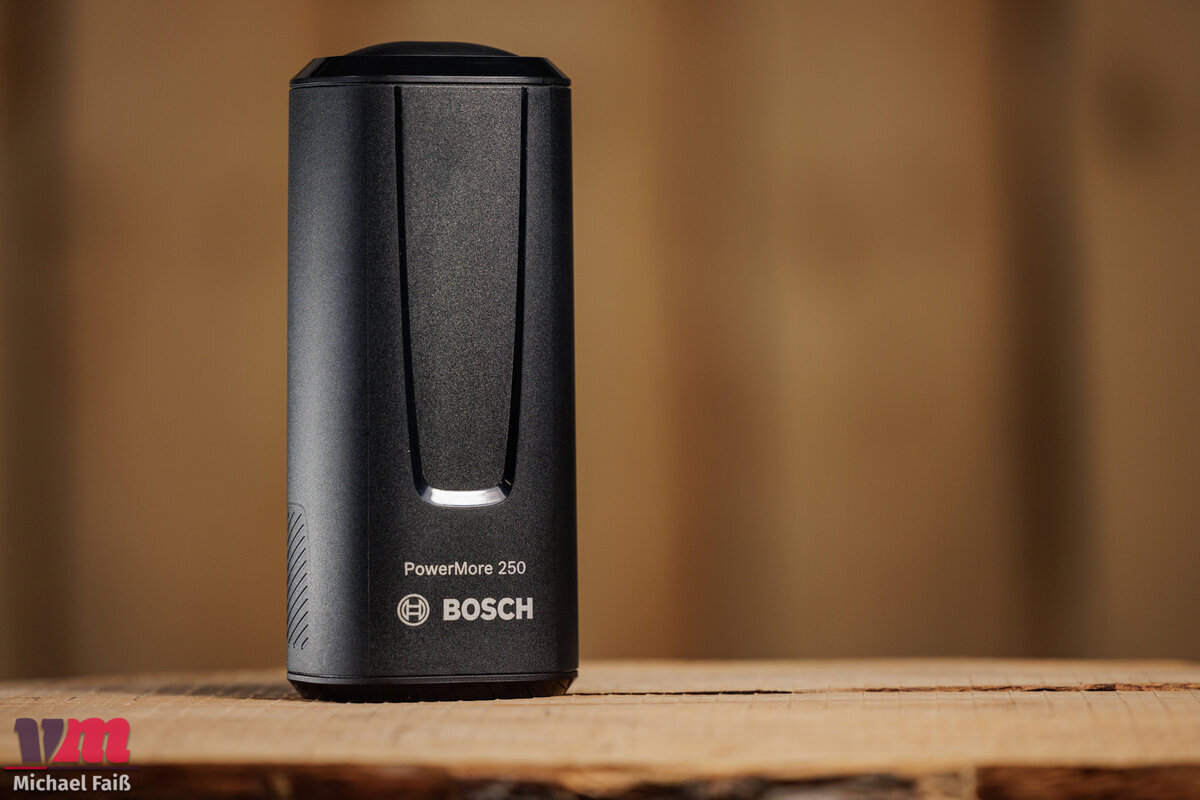
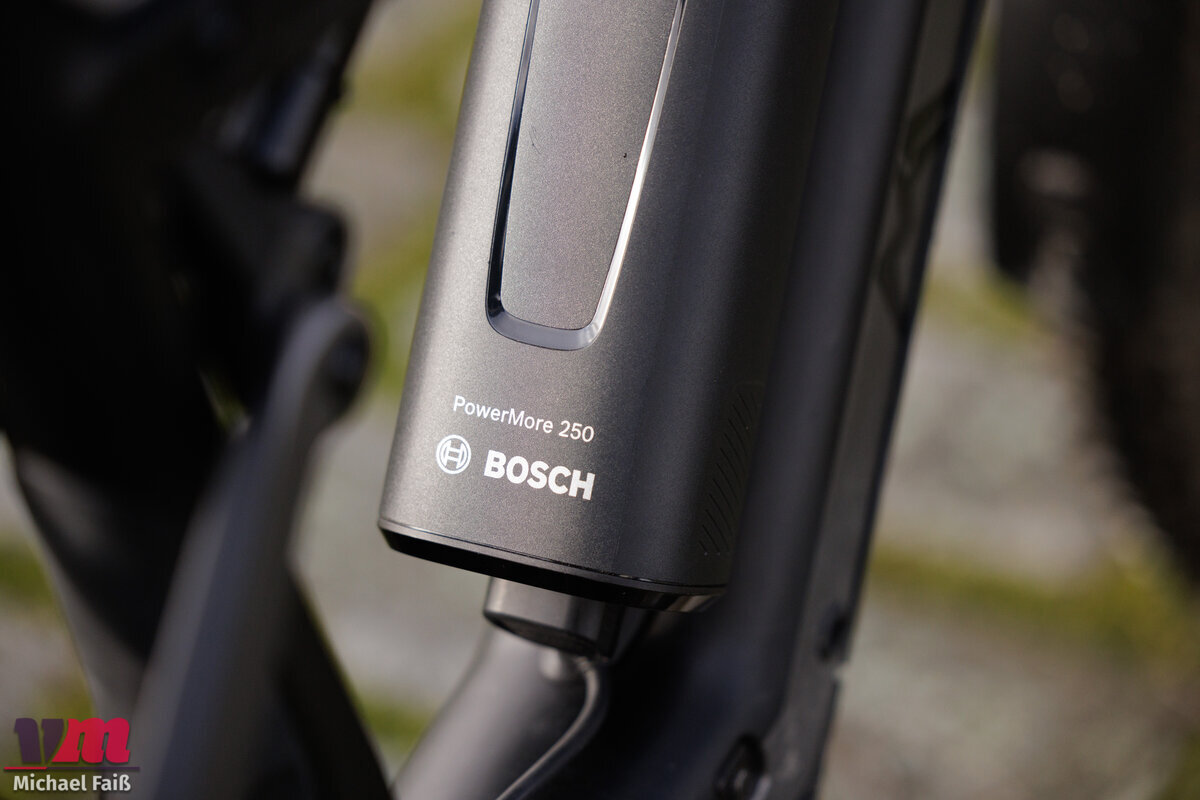
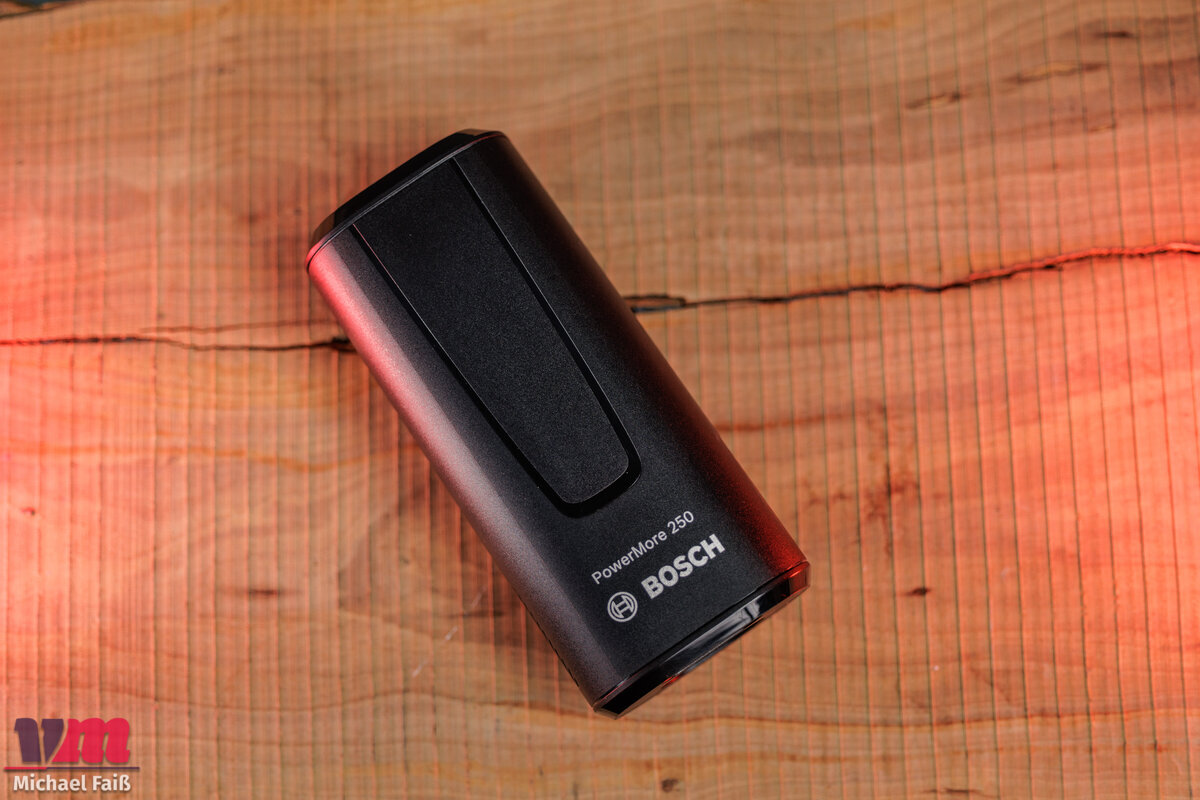
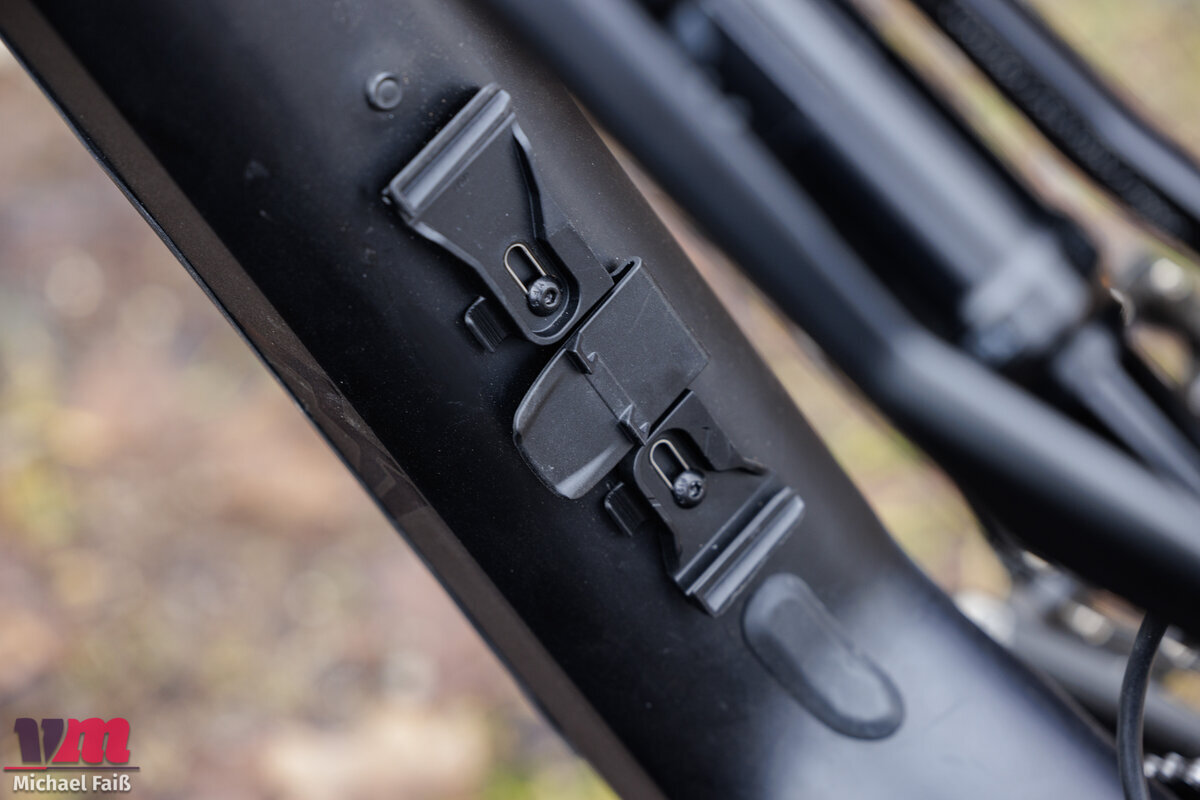


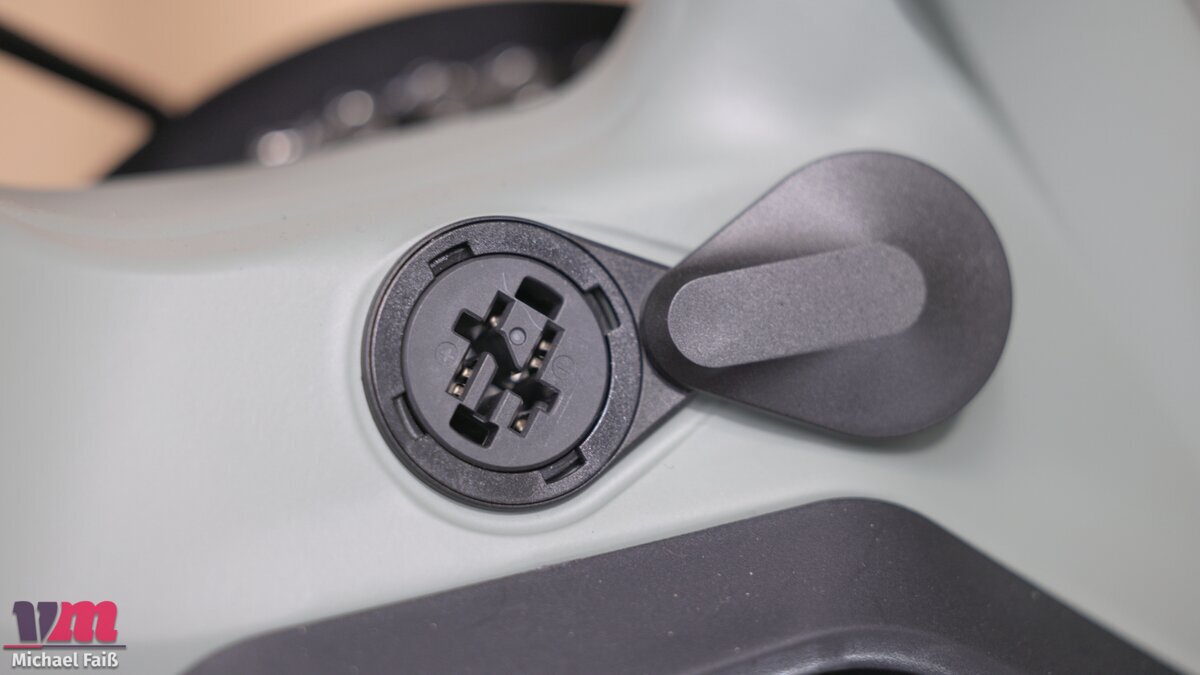



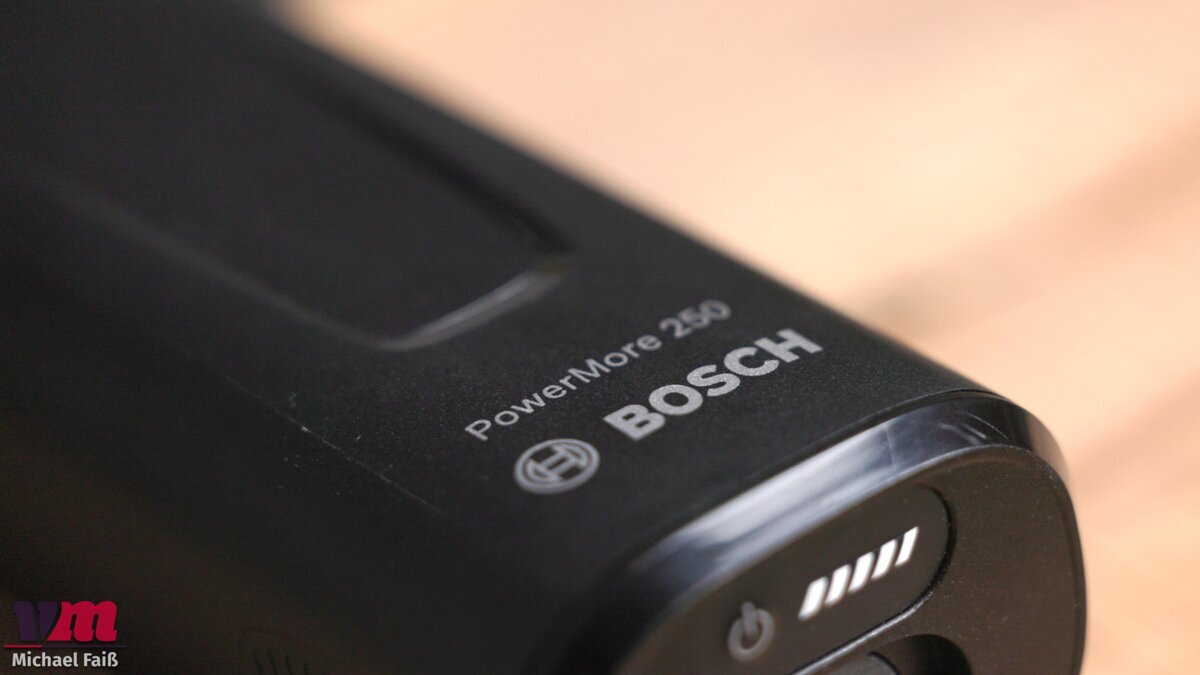
Schreibe einen Kommentar